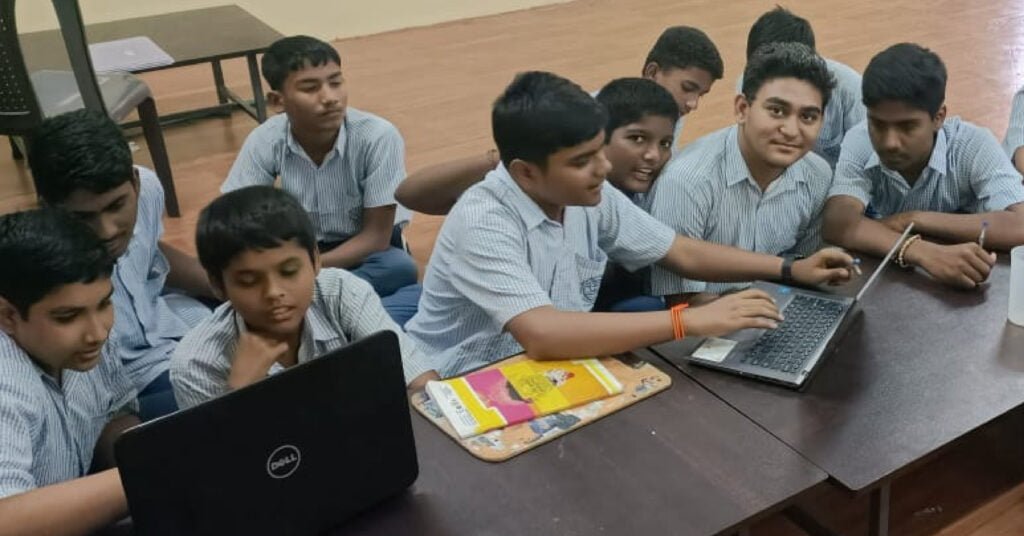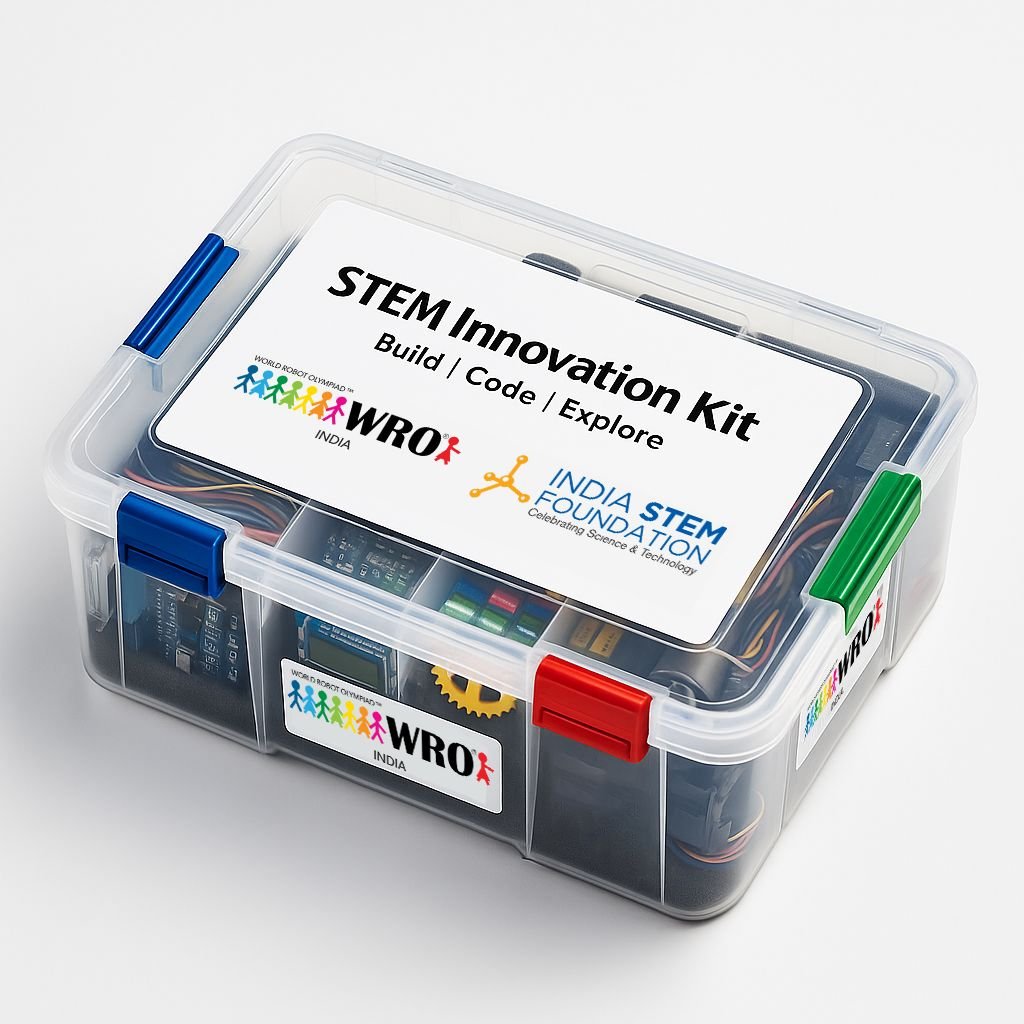In the realm of education, change is the only constant. Traditional schooling systems have long focused on theoretical learning, with an emphasis on textbooks and lectures. However, the modern world is evolving at a rapid pace, and the demand for practical skills is more prominent than ever. This has paved the way for STEM (Science, Technology, Engineering, and Mathematics) education to push the boundaries of the conventional schooling system.
The Traditional Schooling System
The traditional approach to education, while valuable in its own right, often falls short in preparing students for the practical demands of the real world. It typically relies on memorization, standardized testing, and a one-size-fits-all curriculum. Students are often confined to desks, absorbing information from lectures and textbooks. While this method has its merits, it lacks the hands-on, interactive elements that the 21st-century job market demands.
The Rise of STEM Education
STEM education has emerged as the torchbearer of change in the educational landscape. It’s not just about science, technology, engineering, and mathematics; it’s a revolutionary approach that emphasizes hands-on learning, practical representation of concepts, and problem-solving skills. This approach equips students with the skills required to thrive in an ever-evolving world.
Inspiring Innovation
STEM education inspires innovation. It encourages students to think creatively, ask questions, and seek solutions. Unlike traditional schooling, where answers are often black and white, STEM fosters a spirit of exploration and curiosity. Students learn to embrace ambiguity and navigate the unknown, essential skills in a world where the answers are not always readily available.
Access to Cutting-Edge Kits and Equipment
One of the most exciting aspects of STEM education is the access to cutting-edge kits and equipment. Students are no longer limited to theoretical explanations; they can touch, feel, and experiment with real-world tools. This hands-on experience helps them grasp complex concepts quickly and thoroughly. It allows them to bridge the gap between theory and practice.
Learning Essential Skills for Future Industries
In the digital age, automation and artificial intelligence are reshaping industries. The jobs of the future require skills that go beyond rote memorization. STEM education equips students with 21st-century skills like critical thinking, problem-solving, and adaptability. It ensures that they are well-prepared to navigate the challenges and opportunities that await them.
STEM Education: Shaping the Future
Engaging children in STEM education is more than a trend; it’s a transformative journey that empowers them with the essential skills and knowledge needed for a future of innovation and technological advancement. In this article, we delve into the compelling reasons behind the importance of involving children in STEM education.
Igniting Curiosity and Fostering Inquiry
Introducing youngsters to the realms of science, technology, engineering, and mathematics at an early age sparks their innate curiosity and nurtures an inquiring mind. Children are naturally inquisitive about the world around them. By immersing them in the world of STEM, we stimulate their curiosity, encouraging them to ask questions and seek answers. This inquiry-based approach to learning not only provides a strong educational foundation but also ignites a lifelong passion for exploration.
Cultivating Problem-Solving Prowess
STEM education lays the foundation for critical thinking and problem-solving skills from the very beginning. Children encounter real-world challenges that demand creative and analytical thinking to resolve. Through experimentation and the art of trial-and-error, they learn to identify problems, brainstorm solutions, and assess their effectiveness. These invaluable problem-solving skills not only enhance academic success but also prepare children to face a myriad of challenges in their personal and professional lives.
Building Resilience and Perseverance
In the world of STEM, many endeavors involve trial-and-error processes, where immediate success is not guaranteed. This presents a golden opportunity for children to develop resilience and perseverance. Confronted with setbacks or initial failures, children learn to bounce back, try again, and remain undeterred by initial difficulties. These qualities instill a growth mindset, a crucial element for continuous learning and improvement throughout their lifetime.
Nurturing Collaboration and Teamwork
In the real world, complex problems often necessitate collaboration and teamwork for effective solutions. STEM education frequently incorporates group projects, enabling children to work together, share ideas, and leverage each other’s strengths. Through this collaboration with their peers, children improve their communication and interpersonal skills, a foundation for future success in any field.
Preparing for a Future of Technological Advancements
The job market of the future will be deeply influenced by technological advances, and STEM skills will be in high demand. By involving children in STEM education, we equip them with the essential knowledge and skills needed to adapt to a rapidly changing world. This preparation ensures they are better poised to embrace emerging technologies and actively contribute to future innovations.
Elevating Global Competitiveness
Boosting global competitiveness stands as one of the most compelling reasons for involving children in STEM education. By providing children with a solid foundation in science, technology, engineering, and mathematics, we contribute to the development of a skilled and innovative workforce. This, in turn, results in numerous advantages in terms of global competitiveness.
Forging a Skilled Workforce
STEM education equips children with vital skills and knowledge highly coveted in the contemporary job market. As technology continues to propel global economies, nations with well-educated STEM workforces gain a competitive edge. Engaging children in STEM education allows countries to prepare the future workforce to meet the demands of industries in an increasingly technology-driven world.
Pioneering Technological Advancement and Innovation
Technological breakthroughs are reshaping industries and fueling innovation. Nations that prioritize STEM education ensure they remain at the forefront of emerging technologies and scientific advancements. This, in turn, leads to enhanced productivity, economic growth, and an improved quality of life for their citizens.
Addressing Global Challenges
Many of the world’s most pressing issues, such as climate change, healthcare, and sustainable energy, necessitate innovative solutions rooted in STEM knowledge. A well-educated STEM workforce is better equipped to tackle these challenges, making a significant global impact.
Attracting Foreign Investment
Countries with robust STEM education programs become attractive destinations for foreign investment. Companies seek locations with skilled labor pools and research capabilities to establish their operations. A robust STEM education system signals to investors a country’s commitment to technological advancement and innovation.
Conclusion
STEM education is not a replacement for the traditional schooling system; it’s an evolution that complements it. It takes the best aspects of traditional education and combines them with innovative, hands-on learning. This approach is transforming students into future-ready individuals, ready to conquer the challenges of tomorrow’s industries.
FAQs
1. What is STEM education?
STEM education focuses on Science, Technology, Engineering, and Mathematics. It’s an innovative approach that emphasizes hands-on learning, problem-solving, and critical thinking.
2. How does STEM education differ from traditional education?
STEM education encourages practical representation of concepts and problem-solving skills, whereas traditional education is often centered around theoretical learning.
3. What are 21st-century skills, and why are they important?
21st-century skills include critical thinking, creativity, communication, and collaboration. They are vital for success in the modern job market, which demands adaptability and innovation.
4. How can I introduce STEM education in my school?
You can start by exploring STEM resources, partnering with STEM organizations, and integrating hands-on activities into your curriculum.
5. What are the benefits of STEM education for students?
STEM education equips students with practical skills, inspires innovation, and prepares them for the challenges of future industries. It also enhances problem-solving abilities and critical thinking.




